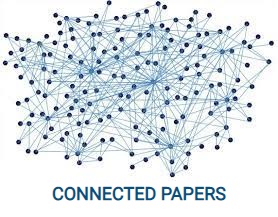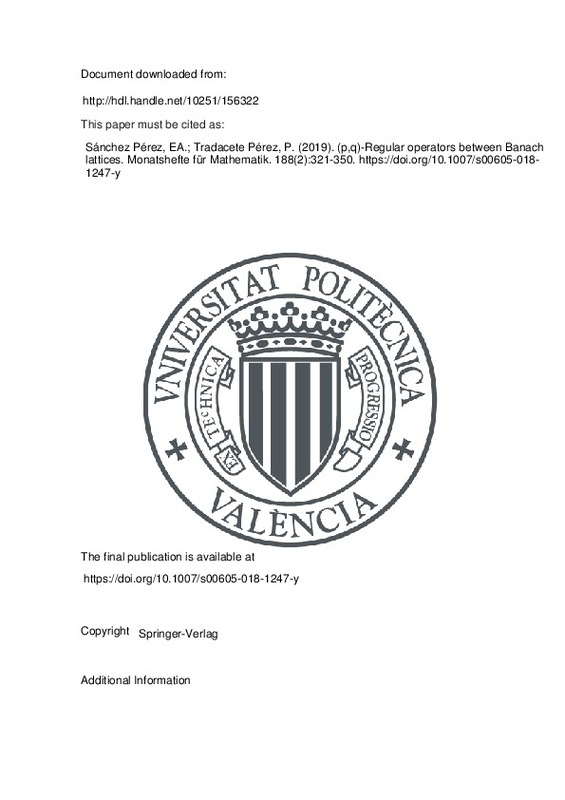JavaScript is disabled for your browser. Some features of this site may not work without it.
Buscar en RiuNet
Listar
Mi cuenta
Estadísticas
Ayuda RiuNet
Admin. UPV
Optimization of a label-free biosensor vertically characterized based on a periodic lattice of high aspect ratio SU-8 nano-pillars with a simplified 2D theoretical model
Mostrar el registro sencillo del ítem
Ficheros en el ítem
| dc.contributor.author | Casquel Del Campo, Rafael
|
es_ES |
| dc.contributor.author | Holgado, Miguel
|
es_ES |
| dc.contributor.author | Sanza, F.J.
|
es_ES |
| dc.contributor.author | LAGUNA, MARI FE
|
es_ES |
| dc.contributor.author | BARRIOS, C.A.
|
es_ES |
| dc.contributor.author | López-Romero, D.
|
es_ES |
| dc.contributor.author | Ortega Higueruelo, Francisco José
|
es_ES |
| dc.contributor.author | Bañuls Polo, María-José
|
es_ES |
| dc.contributor.author | Puchades, Rosa
|
es_ES |
| dc.contributor.author | Maquieira Catala, Ángel
|
es_ES |
| dc.date.accessioned | 2018-03-01T05:27:14Z | |
| dc.date.available | 2018-03-01T05:27:14Z | |
| dc.date.issued | 2011 | es_ES |
| dc.identifier.issn | 1610-1634 | es_ES |
| dc.identifier.uri | http://hdl.handle.net/10251/98653 | |
| dc.description.abstract | [EN] We have recently demonstrated a biosensor based on a lattice of SU8 pillars on a 1 ¿m SiO 2/Si wafer by measuring vertically reflectivity as a function of wavelength. The biodetection has been proven with the combination of Bovine Serum Albumin (BSA) protein and its antibody (antiBSA). A BSA layer is attached to the pillars; the biorecognition of antiBSA involves a shift in the reflectivity curve, related with the concentration of antiBSA. A detection limit in the order of 2 ng/ml is achieved for a rhombic lattice of pillars with a lattice parameter (a) of 800 nm, a height (h) of 420 nm and a diameter(d) of 200 nm. These results correlate with calculations using 3D-finite difference time domain method. A 2D simplified model is proposed, consisting of a multilayer model where the pillars are turned into a 420 nm layer with an effective refractive index obtained by using Beam Propagation Method (BPM) algorithm. Results provided by this model are in good correlation with experimental data, reaching a reduction in time from one day to 15 minutes, giving a fast but accurate tool to optimize the design and maximizing sensitivity, and allows analyzing the influence of different variables (diameter, height and lattice parameter). Sensitivity is obtained for a variety of configurations, reaching a limit of detection under 1 ng/ml. Optimum design is not only chosen because of its sensitivity but also its feasibility, both from fabrication (limited by aspect ratio and proximity of the pillars) and fluidic point of view. © 2011 WILEY-VCH Verlag GmbH & Co. KGaA, Weinheim. | es_ES |
| dc.language | Inglés | es_ES |
| dc.publisher | John Wiley & Sons | es_ES |
| dc.relation.ispartof | physica status solidi (c) | es_ES |
| dc.rights | Reserva de todos los derechos | es_ES |
| dc.subject | Label free biosensor | es_ES |
| dc.subject | Optimization | es_ES |
| dc.subject | Simplified calculation | es_ES |
| dc.subject | Biodetection | es_ES |
| dc.subject | Biorecognition | es_ES |
| dc.subject | Bovine serum albumins | es_ES |
| dc.subject | Detection limits | es_ES |
| dc.subject | Effective refractive index | es_ES |
| dc.subject | Experimental data | es_ES |
| dc.subject | Good correlations | es_ES |
| dc.subject | High aspect ratio | es_ES |
| dc.subject | Label-free biosensor | es_ES |
| dc.subject | Lattice parameters | es_ES |
| dc.subject | Limit of detection | es_ES |
| dc.subject | Multilayer models | es_ES |
| dc.subject | Optimum designs | es_ES |
| dc.subject | Periodic lattices | es_ES |
| dc.subject | Reflectivity curve | es_ES |
| dc.subject | Rhombic lattices | es_ES |
| dc.subject | Si wafer | es_ES |
| dc.subject | Simplified calculations | es_ES |
| dc.subject | Simplified models | es_ES |
| dc.subject | Theoretical models | es_ES |
| dc.subject | Aspect ratio | es_ES |
| dc.subject | Beam propagation method | es_ES |
| dc.subject | Body fluids | es_ES |
| dc.subject | Finite difference time domain method | es_ES |
| dc.subject | Lattice constants | es_ES |
| dc.subject | Reflection | es_ES |
| dc.subject | Refractive index | es_ES |
| dc.subject | Semiconducting silicon compounds | es_ES |
| dc.subject | Silicon wafers | es_ES |
| dc.subject | Biosensors | es_ES |
| dc.subject.classification | QUIMICA ANALITICA | es_ES |
| dc.title | Optimization of a label-free biosensor vertically characterized based on a periodic lattice of high aspect ratio SU-8 nano-pillars with a simplified 2D theoretical model | es_ES |
| dc.type | Artículo | es_ES |
| dc.identifier.doi | 10.1002/pssc.201000412 | es_ES |
| dc.rights.accessRights | Cerrado | es_ES |
| dc.contributor.affiliation | Universitat Politècnica de València. Instituto Universitario de Tecnología Nanofotónica - Institut Universitari de Tecnologia Nanofotònica | es_ES |
| dc.contributor.affiliation | Universitat Politècnica de València. Departamento de Química - Departament de Química | es_ES |
| dc.contributor.affiliation | Universitat Politècnica de València. Instituto de Reconocimiento Molecular y Desarrollo Tecnológico - Institut de Reconeixement Molecular i Desenvolupament Tecnològic | es_ES |
| dc.description.bibliographicCitation | Casquel Del Campo, R.; Holgado, M.; Sanza, F.; Laguna, MF.; Barrios, C.; López-Romero, D.; Ortega Higueruelo, FJ.... (2011). Optimization of a label-free biosensor vertically characterized based on a periodic lattice of high aspect ratio SU-8 nano-pillars with a simplified 2D theoretical model. physica status solidi (c). 8(3):1-6. doi:10.1002/pssc.201000412 | es_ES |
| dc.description.accrualMethod | S | es_ES |
| dc.relation.publisherversion | http://doi.org/10.1002/pssc.201000412 | es_ES |
| dc.description.upvformatpinicio | 1 | es_ES |
| dc.description.upvformatpfin | 6 | es_ES |
| dc.type.version | info:eu-repo/semantics/publishedVersion | es_ES |
| dc.description.volume | 8 | es_ES |
| dc.description.issue | 3 | es_ES |
| dc.relation.pasarela | S\212785 | es_ES |






![[Cerrado]](/themes/UPV/images/candado.png)


